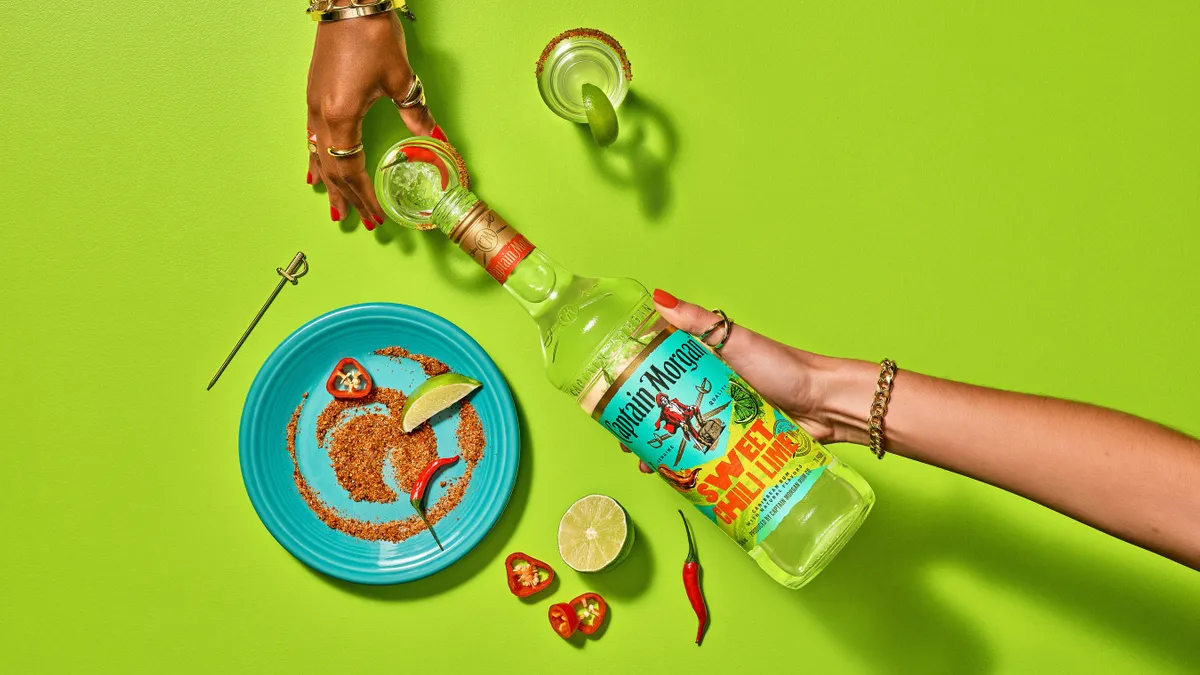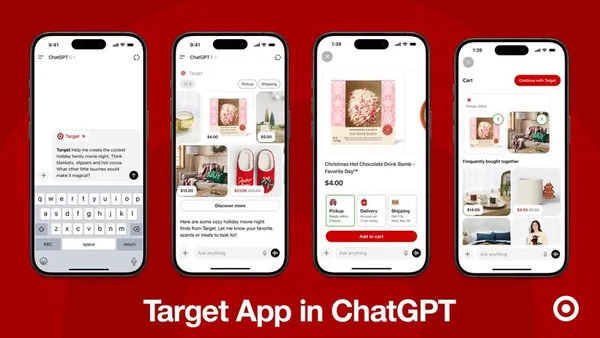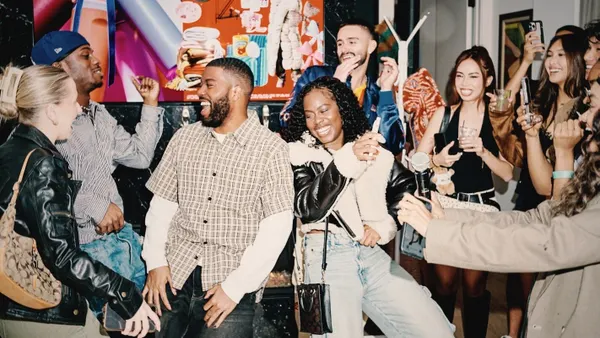In the first part of our three-part series on the challenges facing CPG marketers today and strategies to stay competitive, we addressed how brands can reach always-on consumers by influencing shoppers’ micro-moments. In our second installment, we explore why brands should look beyond traditional touchpoints like free-standing inserts (FSIs) to reach their target audience and the benefits digital promotions and media provide.
Challenge: Traditional Touchpoints Are Inefficient
Gone are the days when newspaper advertisements and FSI coupons reigned supreme for shopper marketers. Sticking to print means ceding valuable digital space to the competition. “If you’re not influencing an in-store customer in that retailer app or on the Coupons.com mobile app or website, you’re starting to opt your brand out of the competition,” says Dave Johnson, VP of sales for shopper marketing at Quotient. “Pricing is fundamental to whether you’re going to make that sale—and if your competitors have a coupon and you don’t, loyalty goes away.”
Solution: Embrace Digital Promotions and Media to Drive In-Store Traffic and Sales
Research from eMarketer shows that millennials today are almost equally influenced by promotions through email, social media, news and entertainment websites, and text messages. (And competitors are likely already there: CPG marketers now spend more on digital advertising than all non-digital advertising combined, according to a 2017 report.) At Target, roughly 75% of visitors begin shopping on mobile devices. To help appeal to those in-store mobile users, Target unveiled its Cartwheel app, filled with digital in-store promotions. The app, which is being rolled into Target’s main store app this summer, has been such a success that Target recently announced several upgrades—including store maps that show shoppers where they are and highlight nearby deals.
Providing digital coupons is a win-win for both shoppers and brands. Compared to paper FSI coupons, digital coupons are much more likely to be redeemed: While digital coupons only represent 2.2% of all coupons distributed, they make up close to 12% of all coupons redeemed.
Want to learn more? Check out part one of the series here or download the full white paper.









